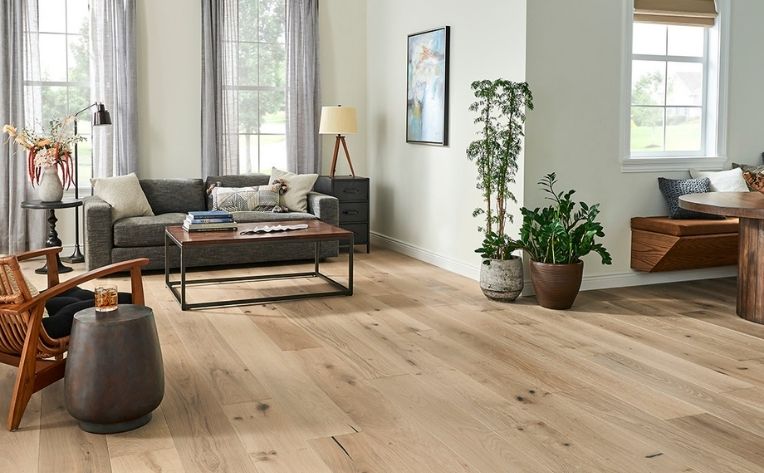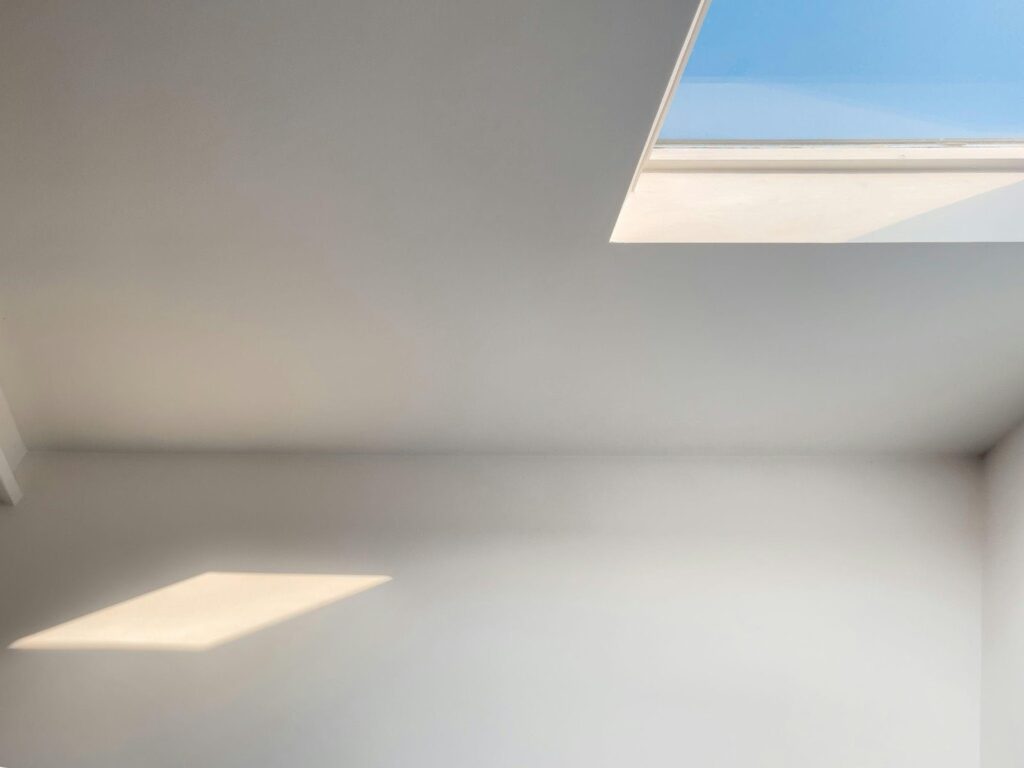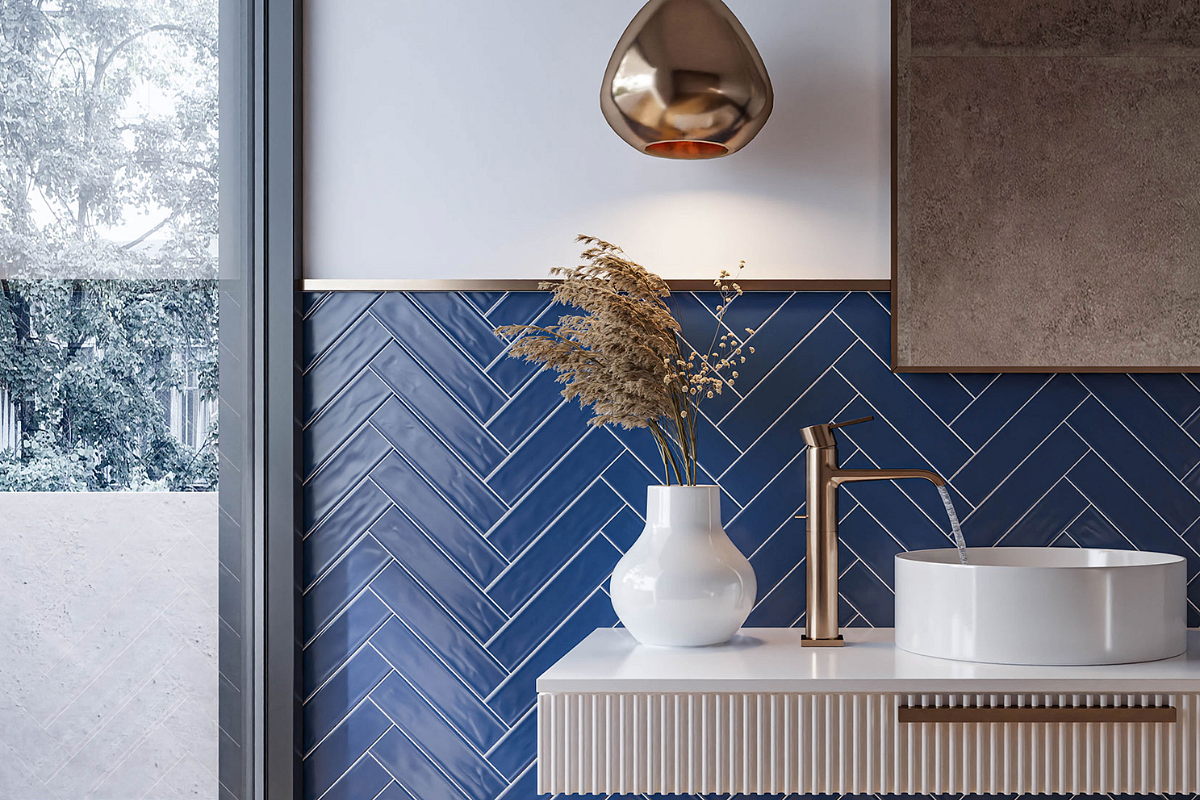Renovating your home is a journey of transformation, where each choice you make contributes to creating your dream space. Among these decisions, the flooring choice stands out as a pivotal one that blends aesthetics and practicality. The flooring you choose not only impacts the visual appeal of your home but also affects how you interact with your environment daily.
This comprehensive guide will navigate the various aspects of choosing the right flooring for your renovation, helping you make informed decisions aligning with your design vision and lifestyle needs.
Assessing your lifestyle needs
The first step in choosing the right flooring for your renovation is to assess your lifestyle and how different spaces within your home are used. Consider factors such as the number of occupants, the presence of children or pets, and the level of foot traffic in each area. Durability is paramount for high-traffic areas like entryways, kitchens, and hallways. In such spaces, flooring materials like tiles, hardwood, or laminates offer the resilience to withstand daily wear and tear.
Your lifestyle and daily routines also influence the level of maintenance you’re willing to commit to. If you have a busy schedule and prefer low-maintenance options, materials like tiles or hardwood might be more suitable, as they are relatively easy to clean.
Material considerations: Beauty and functionality
Flooring materials come in a diverse array, each with unique characteristics and benefits. When selecting a suitable material for your renovation, balancing beauty with functionality is essential. Hardwood flooring, for instance, offers timeless elegance and a rich patina that can elevate the aesthetics of any room. It’s durable and can be refinished to extend its lifespan.
Tiles also offer a wide range of colours, patterns, and textures, making them versatile for various design styles. They are ideal for spaces with exposure to water, such as kitchens and bathrooms. Laminate flooring provides the look of hardwood at a more budget-friendly price and is resistant to scratches and moisture. For spaces that require cushioning underfoot, carpets offer comfort and warmth, making them ideal for bedrooms and living rooms.
Style alignment: Material and design cohesion
Flooring is a canvas for your design vision, and choosing materials that align with your overall style is essential. The flooring you choose should seamlessly integrate with other design elements in your home, such as furniture, wall colours, and decor. For a traditional aesthetic, hardwood flooring, with its warm tones and classic appeal, can be an excellent choice. If you aim for a modern and minimalist look, sleek tiles or concrete flooring can create a clean and contemporary atmosphere.
Consider the visual impact of different materials and how they interact with lighting. Light-coloured flooring can make a room feel more spacious and airy, while dark tones add cosiness and intimacy. Additionally, think about how the flooring in one area flows into adjacent spaces. Consistency in flooring materials throughout open-concept areas can create a sense of unity, while different materials can define separate zones within a larger space.
Cost considerations: Budgeting for your dream floor
Budgeting is a critical aspect of any renovation project, and flooring is no exception. Different flooring materials come with varying prices, and aligning your choices with your budget is essential. Hardwood flooring, while luxurious, can be a significant investment, but its durability and timeless appeal often justify the cost. Engineered wood and laminate flooring offer more budget-friendly alternatives that provide the look of hardwood at a fraction of the price.
Tiles, too, come at various prices based on material, size, and design. Ceramic tiles are generally more affordable than natural stone options like marble or granite. It’s important to factor in not just the cost of the material but also installation and potential future maintenance. Investing in durable materials that require minimal upkeep from renowned industrial flooring contractors can save you money in the long run.
Eco-conscious choices: Sustainability and environmental impact
In an era of heightened environmental awareness, making eco-conscious choices in your renovation is a responsible and ethical consideration. Some flooring materials have a higher environmental impact than others due to factors such as sourcing, production, and disposal. If sustainability is a priority, consider materials like bamboo, cork, or reclaimed wood, which are renewable and have a lower carbon footprint.
Look for certifications that indicate a commitment to environmental standards, such as the Forest Stewardship Council (FSC) certification for wood products. Tiles made from recycled materials or those manufactured with eco-friendly processes can also be viable options for environmentally conscious homeowners. By selecting flooring materials that align with your values, you can contribute to a more sustainable future while creating a beautiful and functional space.
At the end of the day
Choosing the right flooring for your renovation involves a thoughtful blend of aesthetic preferences and practical considerations. By assessing your lifestyle needs, exploring different flooring materials, aligning with your design style, budgeting wisely, and making eco-conscious choices, you can make informed decisions that result in a visually stunning and functionally efficient home.
As you navigate the vast world of flooring options, remember that the right choice can enhance your daily living experience, stand the test of time, and create a space that truly reflects your unique personality and lifestyle.











